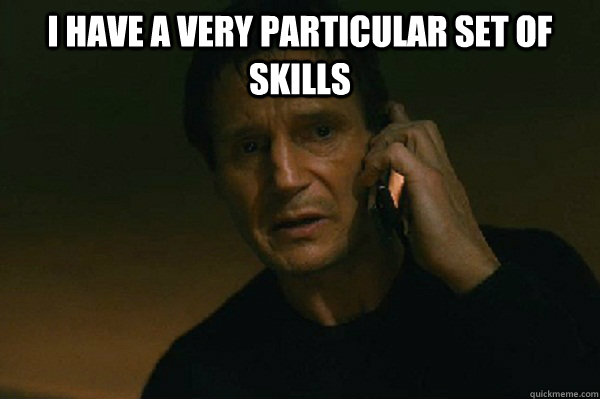“The Truth is like poetry. And most people fucking hate poetry.” Warm ups are like the truth, or poetry. You hate ‘em. You may even wonder why we bother warming up before exercise; but like the truth warm ups, though at times uncomfortable, are essential.
Warm ups are the Truth
Just like the Truth, Warm ups are valuable. You are 36% less likely to be injured if you warm up before physical activity. Let’s keep going. Warm ups improve:
- performance
- strength & power
- muscle elasticity
- flexibility
- recovery
- mental prep
- neurological recruitment.
My God! If we could turn this into a pill we’d be rich. I don’t understand. Why do we hate this? Why isn’t everyone warming up?
I can think of 3 reasons, actually.
The 3 Reasons we don’t Warm Up
- Warm ups are boring and time consuming. This is an age of instant gratification.
- No one is bragging about their warm up; or posting it on insta.
- And finally, no one knows how to warm up.
What is a warm up, actually?
In short, A warm-up (as it relates to physical activity and exercise) is any activity, either physical or mental, that helps to prepare an individual for the demands of their chosen sport or exercise.
Foam rolling is a warm up.
Walking on the treadmill is a warm up.
Lifting light weights is, indeed, also a warm up.
Stretching, however, is not a good warm up. Save stretching for the cool down.
The difference bw warming up and stretching
There’s a difference between stretching and warming up, although the two are often conflated.
Stretching before your muscles are warmed up can be harmful. So move before, and stretch after you have a sweat going. Your muscles are cold and brittle pre workout, like a chocolate bar you’ve kept in the fridge. If you try to stretch it will snap.

Leave that candy bar out in the sun, in the heat, it will warm up, get pliable and move fluidly.

My favorite warm up
Warming up can be walking, jogging, yoga, foam rolling. A good warm up will “increase blood flow to active muscles, raising core body temperature, enhancing metabolic reactions, and improving joint range of motion. These effects can boost athletic performance by enhancing oxygen delivery, increasing the speed of nerve-impulse transmissions, improving rate of force development, and maximizing strength and power.”
My favorite warm up is sun salutations (A and B). Why? Because I have a particular set of skills. Skills I have acquired over a long career. A career consisting of 10’s of thousands of training sessions and yoga classes. I’ve seldom seen anyone get injured in yoga class.


Sun Salutations get you moving. They use basically every major muscle group (lightly). They increase your heart rate and, as has been noted, hardly anyone gets hurt in yoga class. They’re the first sequence yoga instructors learn. Moreover, they’re the first sequence most yoga instructors teach. They’re fast, efficient and, as I have noted, hardly anyone gets hurt in yoga.
I trust a workout that stands the test of time. Yoga’s older than the pyramids. Yoga is poetry. In motion.
Oh Snap! I forgot. Most people f’n hate poetry.
A Quick correction:
When I originally wrote this I claimed that no one gets hurt in yoga. In hindsight that was an overstatement. Several readers pointed this out.
‘I read your blog last week and proceeded to hurt my knee while sitting on my yoga mat,’ one shared. This was followed by a 20 minutes conversation about getting hurt doing stupid things like:
- Waiting in line for the chairlift
- sleeping (more common than you’d think)
- walking down the street minding our own business
- Doing rehab exercises
I overstated my case. You can get hurt doing anything. I’d say you seldom get hurt doing yoga.
But not never.